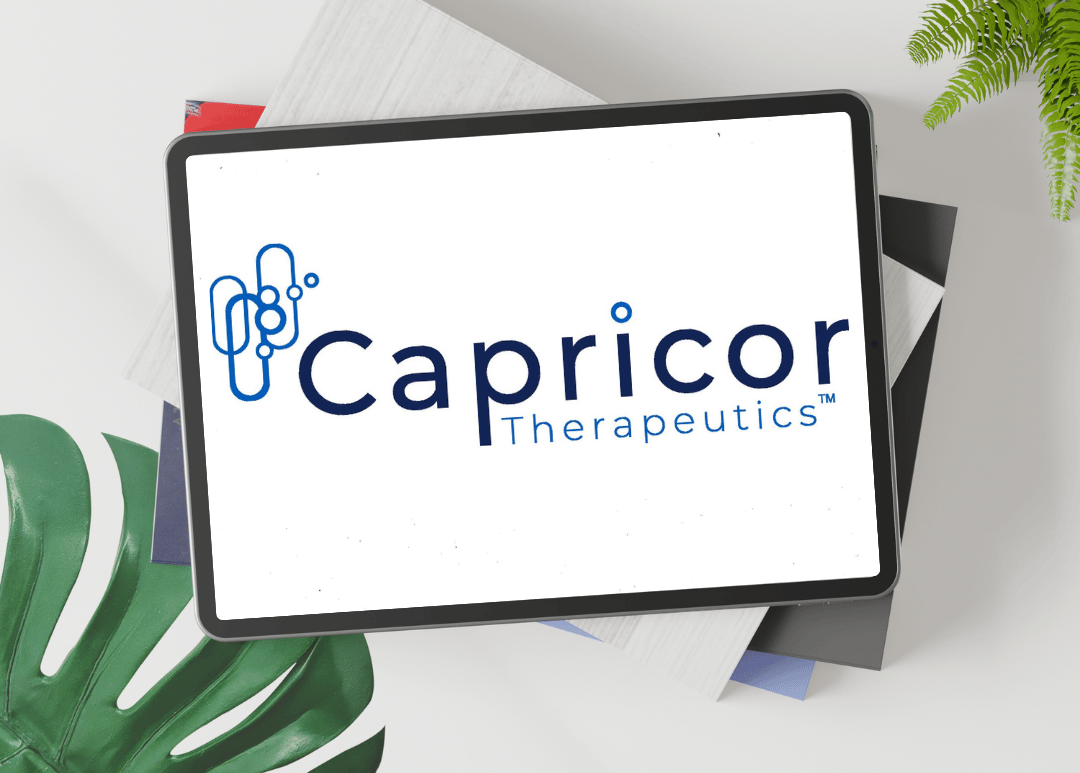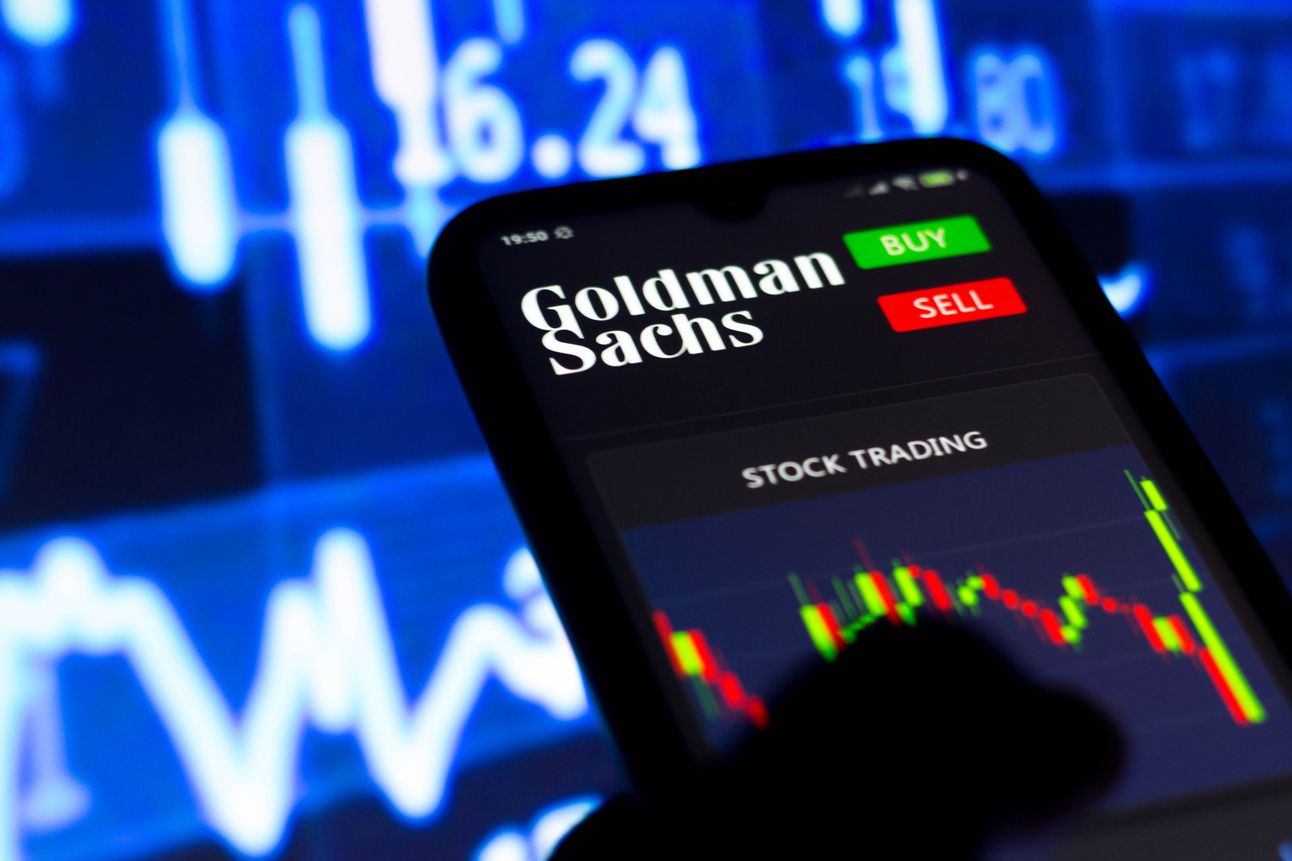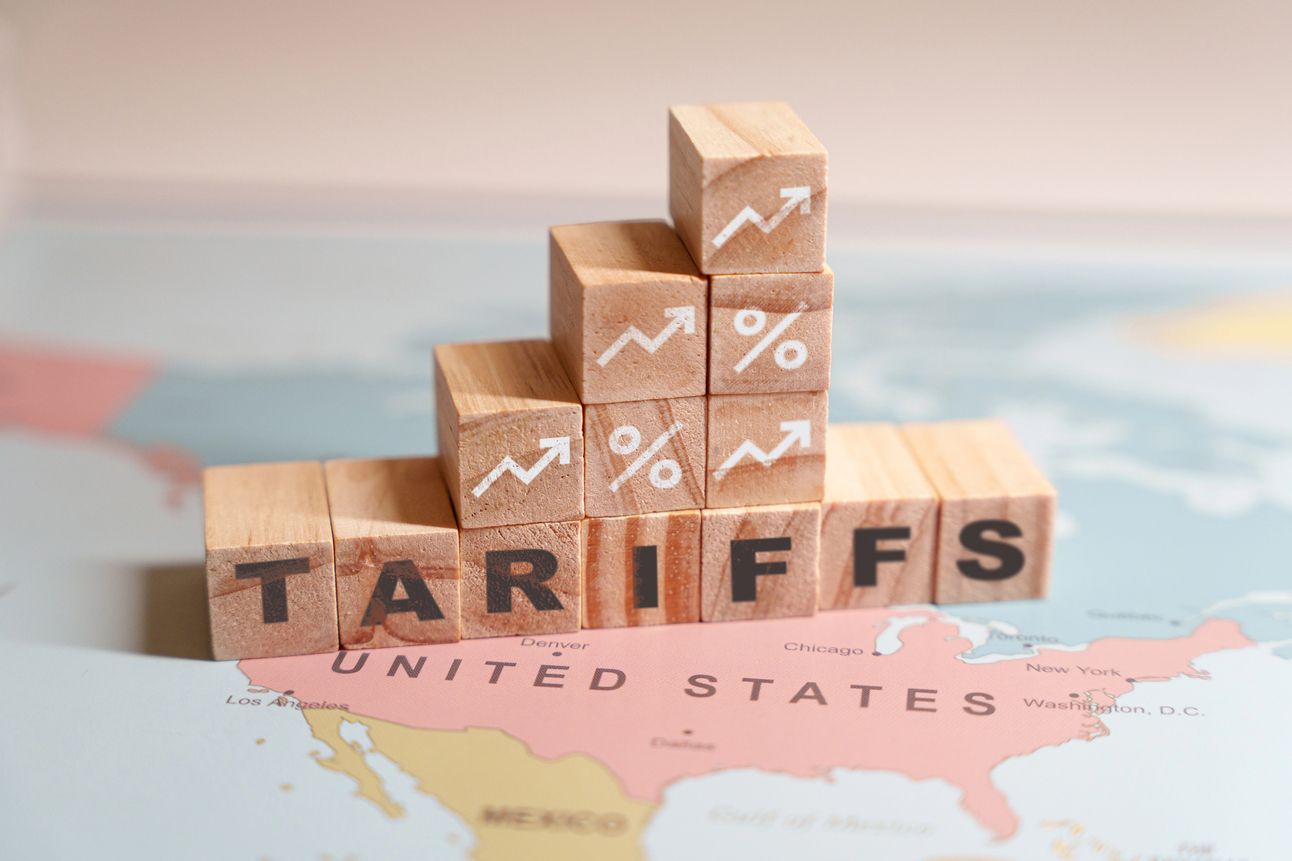Good Afternoon!
Hey, everyone. It's Adam from Elite Trade Club. Here’s what moved the market today.

Q2 Stock Picks (Sponsored)
As we dive into Q2 2025, the stock market is buzzing with opportunities, and I’ve got the insider scoop just for you.
I’ve handpicked the Top Seven Stocks for this quarter, offering you a clear roadmap for growth as the year progresses.
Here’s what makes this guide indispensable:
High-Growth Sectors: Key industries poised to boom this summer.
In-Depth Analysis: Simplified insights to make wise investment decisions.
Expert Picks: Data-driven, not just guesses, for reliable potential.
Profit-Boosting Opportunities: Position your portfolio for a strong finish in 2025.
This isn’t merely a list; it’s your chance to seize the market’s hottest opportunities before they pass you by.

Markets
US indexes end the week down as President Trump delivered more tariff news. The Russell 2K small-cap index fell the most, losing over a percent on the day.
DJIA [-0.63%]
S&P 500 [-0.33%]
Nasdaq [-0.22%]
Russell 2k [-1.29%]

Market-Moving News
Biotechnology
Capricor’s Duchenne Therapy Rejected by FDA in Surprise Setback

Capricor Therapeutics (NASDAQ: CAPR) has hit a major setback after the FDA rejected its Biologics License Application for Deramiocel, the company’s lead cell therapy for Duchenne muscular dystrophy (DMD).
The agency issued a Complete Response Letter (CRL) citing a lack of sufficient clinical evidence and outstanding manufacturing issues, effectively halting the approval process.
This decision comes despite the therapy’s Priority Review status and progress through key inspection milestones. Capricor now plans to submit data from its ongoing Phase 3 HOPE-3 trial, with results expected later this year. Until then, the company will meet with the FDA to clarify next steps and prepare for resubmission.
For investors, the setback underscores the risk of binary biotech plays. Capricor is heavily reliant on Deramiocel, and the delay pushes back any potential revenue from the U.S. market by several quarters at minimum.
Beyond missed timelines, the CRL reopens regulatory uncertainty at a stage where confidence had been building. The FDA’s pushback on both effectiveness and manufacturing controls resets the narrative just as momentum was starting to build.
Those watching development-stage biotech should view this as a reminder of the gap between designations and approvals. Even with accelerated review pathways in hand, a lack of trial clarity can upend near-term commercialization hopes.
Capricor now faces a tighter window to deliver data that not only meets statistical rigor but also re-establishes credibility with regulators.

ChatGPT Power Plays (Sponsored)
It's lifting Artificial Intelligence to a new level — answering follow-up questions, admitting mistakes, challenging incorrect premises, rejecting inappropriate requests, and more.
That’s why Zacks just released a Special Report that names and explains 5 tickers to lead the way.
Among them is a “Sleeper Stock” that is still cruising under Wall Street’s radar.
All 5 have exceptional profit potential. There couldn’t be a better time for this investor briefing.
Click here now to claim your copy FREE
*This free resource is being sent by Zacks. We identify investment resources you may choose to use in making your own decisions. Use of this resource is subject to the Zacks Terms of Service.
*Past performance is no guarantee of future results. Investing involves risk. This material does not constitute investment, legal, accounting, or tax advice. Zacks Investment Research is not a licensed dealer, broker, or investment adviser.

Financial Services
Wall Street Gets Its First Autonomous Coder and Goldman Is Leading It

Goldman Sachs (NYSE: GS) is piloting autonomous AI developers as part of a strategic shift to automate core software engineering work.
The bank is testing “Devin,” an AI program developed by startup Cognition, across its internal tech teams.
If successful, Goldman plans to scale the rollout, integrating hundreds and eventually thousands of AI agents into its 12,000-person development workforce.
Goldman is positioning the tool as capable of upgrading legacy systems, refactoring internal tools, and accelerating digital change without expanding headcount.
For investors, this is more than a tech experiment. It signals a meaningful pivot in how Goldman is thinking about software delivery and workforce economics.
The firm isn’t just using AI to boost productivity but preparing to substitute routine roles with scalable digital labor.
That has implications for future margins, project timelines, and even regulatory posture as automation touches core infrastructure.
Those evaluating Goldman’s long-term competitiveness should view this as an early test of what agentic AI can unlock inside heavily regulated financial institutions.
While other banks experiment with copilots and chatbots, Goldman is moving deeper and closer to structural change.
This move could redefine the economics of backend development across the industry.

Hidden Asset (Sponsored)
A quiet shift is happening in the financial system — and big banks are already making their move.
They’re now able to treat gold as a cash-equivalent asset, and they’re acting fast behind the scenes.
Meanwhile, millions remain heavily exposed to volatile paper assets. One economist recently warned that gold is now “the only money banks trust.”
There’s still time to take steps using a legal, IRS-approved strategy — one that avoids taxes or penalties while rebalancing toward more stable assets.
A free Wealth Protection Guide explains how to do exactly that.
[Click here to get your free copy]
P.S. Every day of delay gives institutions more time to get ahead. Take action while the window is still open.

Retail
Investing in These 3 Battle-Tested Stocks Could Pay Off If the Tariff Storm Drags On

While most companies brace for impact, a few industry leaders are proving they can perform without policy tailwinds.
Tariff risk is once again clouding the outlook for global trade. But some U.S. companies aren't blinking.
Whether through local supply chains, government-backed contracts, or scale-driven pricing power, a select few are showing that macro noise doesn't have to derail execution.
These three names aren't just weathering the pressure. They are gaining investor attention for how well they operate when the backdrop gets tough.
Lockheed Martin (NYSE: LMT)
Lockheed's defense-heavy model gives it one of the cleanest tariff shields in the S&P 500.
Over 70 percent of its revenue comes from the U.S. government. The rest flows from allied defense contracts, which are U.S.-approved.
Recent setbacks in the F-35 program and a lost 2024 contract hit the stock hard, but that's already priced in.
As of mid-2025, shares are holding a key multi-year uptrend and trading near support.
Despite volatility in quarterly results, annual revenue continues to trend higher. Management is focused on long-term contract execution and capital return.
Share repurchases have reduced the float by over 2 percent year-over-year, and analysts still expect mid-single-digit growth through the end of the year.
Coca-Cola (NYSE: KO)
Coca-Cola's structure is built for environments like this.
The company runs a hyper-localized supply chain, where production and distribution happen inside the markets it serves. That's a natural tariff hedge.
While 2025 growth has been flat, KO's beverage-only strategy keeps revenue steady and margins controlled.
Analysts have raised coverage and price targets in recent weeks, pointing to 8 to 10 percent upside from current levels.
The company's ability to execute globally without depending on cross-border logistics puts it in a rare class.
In a trade-constrained environment, stable earnings and strong brand power matter more than short bursts of expansion.
Walmart (NYSE: WMT)
Walmart is winning on scale. Its well-developed sourcing network and focus on everyday pricing have made it a magnet for inflation-sensitive shoppers in 2025.
Revenue and market share are growing as the retailer pulls traffic from weaker competitors.
Analysts expect that trend to continue in the second half of the year, with the consensus price target already pointing to new all-time highs.
Walmart's advantage lies not in tariff protection, but in margin control.
Its supply chain flexibility and vendor leverage enable it to absorb costs without fully transferring them to consumers.
Where Steady Execution Still Holds Up
Tariff headlines may keep moving markets, but fundamentals haven't changed. These companies continue to operate with discipline, manage costs, and protect margins.
Their models are built to handle pressure, and so far in 2025, that's precisely what they're doing.
For investors focused on consistency over noise, they offer a clear case for staying on the radar.

Want to make sure you never miss our post-market roundup?
Elite Trade Club now offers text alerts — so you get trending stocks and market-moving news sent straight to your phone right after the closing bell rings.
Email’s great. Texts are faster.

Top Winners and Losers
MiNK Therapeutics Inc [INKT] $64.17 (+730.14%)
MiNK Therapeutics shares reached staggering heights after sharing a landmark case of complete remission from its testicular cancer treatment.
Newegg Commerce Inc [NEGG] $49.24 (+71.39%)
Newegg continues to ride its newfound upward momentum as investors see the fruits of the company’s FantasTech Sale.
Zepp Health Corporation [ZEPP] $10.32 (+68.90%)
Zepp Health stock jumped as the company made a strategic shift into its Amazfit brand.

Capricor Therapeutics Inc [CAPR] $7.64 (-32.98%)
Capricor Therapeutics was hit with a surprise FDA rejection earlier today, causing its stock to slip.
Blue Gold Limited [BGL] $21.00 (-32.02%)
Blue Gold stock shuddered as its new advisory board drew concern from shareholders.
Pelthos Therapeutics Inc [PTHS] $18.32 (-30.82%)
Pelthos Therapeutics came crashing down to earth today following the launch of its molluscum contagiosum gel.

AI (Sponsored)
While headlines focus on the same overhyped AI names, a bigger opportunity is taking shape — and it’s flying under the radar.
A new report reveals 9 AI companies with real U.S. operations, accelerating revenue, and deep AI integration. These aren’t speculative plays — they’re positioned to benefit from a massive shift in how and where AI is being built.
This free guide includes:
A chip supplier poised to fuel U.S. AI manufacturing
A cloud provider set to expand under new policy changes
A data firm with potential government contracts on deck
The early window on these opportunities may be closing — now’s the time to see what’s coming next.

Everything Else
Levi Strauss lifted its sales outlook and said it will temporarily absorb some tariff costs to keep momentum going.
PDVSA’s oil exports surged, driving Venezuela’s overseas sales to $17.5 billion amid a rebound in shipments.
RealSense has spun out from Intel with $50 million in backing to push AI-powered vision tech into the robotics mainstream.
HSBC had exited a significant climate alliance, joining a wave of U.S. banks pulling back from coordinated decarbonization efforts.
U.S. customs duties hit a record $27 billion, helping tip the trade balance into a rare monthly surplus.

That's it for today! Please, write us back, and let us know what you think of the Closing Bell Roundup. We're always eager to hear feedback!
Thanks for reading. I'll see you at the next open!
Best Regards,
— Adam G.
Elite Trade Club
Click here to get our daily newsletter straight to your cell for free.
P.S. Just like this newsletter, it's 100% free*, and you can stop at any time by replying STOP.





